|
When it seems like your training isn’t working, your dog isn’t getting the concepts and/or training is frustrating instead of fun, check out the troubleshooting items below:
Don't forget to reference the Human Hierarchy for help with which tools to use and when! If you need help or have questions, please contact us. We're more than happy to help and we offer online lessons as well!
0 Comments
Heat cycles are made up of 4 main stages – Proestrus, Estrus, Diestrus and Anestrus. The main phase of the heat cycle typically lasts 20-30 days, but depends on each individual dog. First cycles are often less intense than following cycles. Proestrus starts with swelling of the vulva and red/bloody discharge. How much will depend on your dog’s breed, size and individual body. Larger dogs can bleed more than smaller dogs. This phase usually lasts around 7-10 days. Diestrus is the period of rest after Estrus. There may or may not be additional swelling of the vulva and discharge. This phase often lasts 7-10 days (or longer if she becomes pregnant). Anestrus is the final phase and is the period of time between heat cycles. This can last anywhere from 5-9 months. During this phase your dog should have no swelling (although nipples may become a little larger after the first heat) and no discharge. You can help your dog by continuing all of their normal activities, providing additional walks and enrichment, adding absorbent cloth materials to their bedding and ensuring they are closely supervised with all dogs during their heat cycle. Even neutered males may give unwanted attention and though rare, may cause injuries through attempted mating. You will need to take a break from taking your dog to dog facilities (other than the vet if needed), dog parks and off-leash dog trails. She should NOT be around un-neutered male dogs during this time.
Your dog’s behavior will likely change during her cycle. She may become more aloof, more cuddly, want to play with other dogs, want nothing to do with other dogs, more whiny, restless, snippy or have a variety of other behavior changes. Remember, physical health affects behavior! For more information about the heat cycle, consult with your vet and/or find some good breeders to talk with about their experiences. Personally, I've found it more informative and helpful to listen to/chat with seasoned, ethical dog breeders. It's been fascinating to learn their stories and see how different each of their breeds and individual dogs behave and go through their cycles.
You should also educate yourself on the risks and benefits of keeping an in-tact dog and if that's something you are up for and responsibly able to do. Your pets’ enrichment wheel will depend on their individual personality first and foremost, species and breed (if applicable). For example, if you have a pet rat, their wheel would consist of things like foraging for food and water, social play, lots of grooming (both singular and allogrooming – social grooming), lots of chewing, building nests, finding shelter, sleeping, etc. If you have a border collie, their wheel would probably consist of thing like smelling, herding behaviors (chase, stalk, circle, nip), lots of brain games, foraging for food and water, lots of walking/running, sleep, social play (often with a human, but many individuals have friends with other animals), etc. When all of your pets’ enrichment needs are met, you’ll probably find that most of their behaviors you object to seem to melt away. This is because when they are mentally and physically enriched, they aren’t looking for other ways to meet those needs. If appropriate chews are provided for them that they like AND they’ve received reinforcement for chewing on those, they have no reason to chew on your shoes, or your table. If they’ve been given appropriate height and material scratching areas in places where they feel safe using them (often next to places they’ve already been scratching), they have no reason to scratch your couch.
So what exactly is Enrichment? As stated above, it’s different for each individual and species, but let’s go through a more typical example of an enrichment wheel for a dog. These are options to choose from and you don’t need to do every thing every day. The average dog needs about 2 hours of activity a day. You’ll need to play around with things and figure out what works best for your dog. Note that mental exercise usually tires a dog out 4x faster than physical exercise but is NOT a replacement for physical exercise. Physical
Emotional
Instinctual
All of this must be done with the dog choosing to participate. If the dog is given no choice, this is not enrichment. This is forced interaction and will likely become flooding, which can lead to learned helplessness – the opposite of what we wish to accomplish through an enrichment program. Start with 2-3 of these activities each day and build from there. See what your dog likes and change up the activities each day to keep things interesting. For different species, research your species and based on what your individual pet likes, create a similar enrichment list. If you have any questions, please contact us and we’d be happy to help! Additional, amazing resources: Canine Enrichment for the Real World by Allie Bender and Emily Strong Facebook group – Canine Enrichment (mostly foraging ideas, but still good info) Facebook group – Canine Enrichment Ideas (mostly foraging ideas but still good info)
|
Kat & Haylee
Just a couple of animal geeks trying to make the world a better place. Archives
February 2023
Categories
All
|
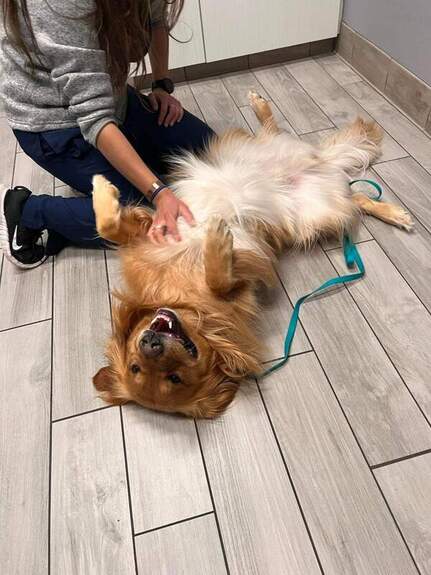
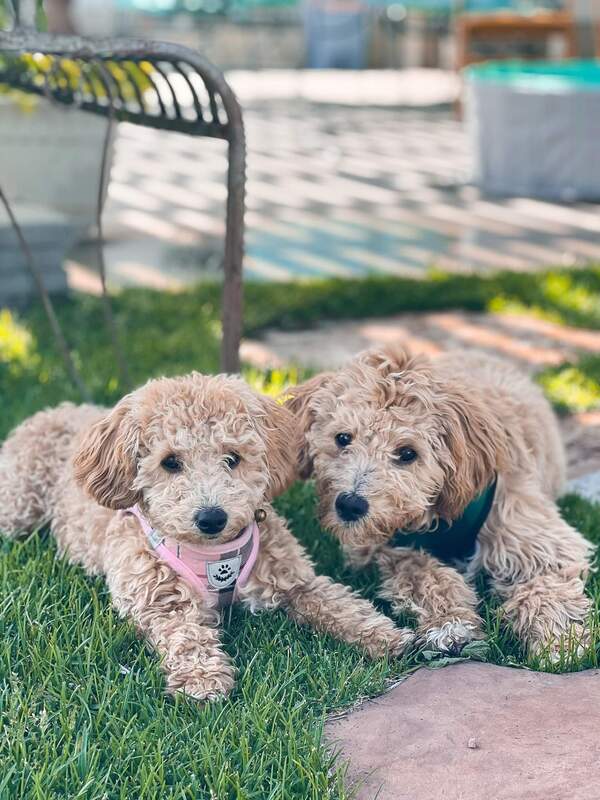
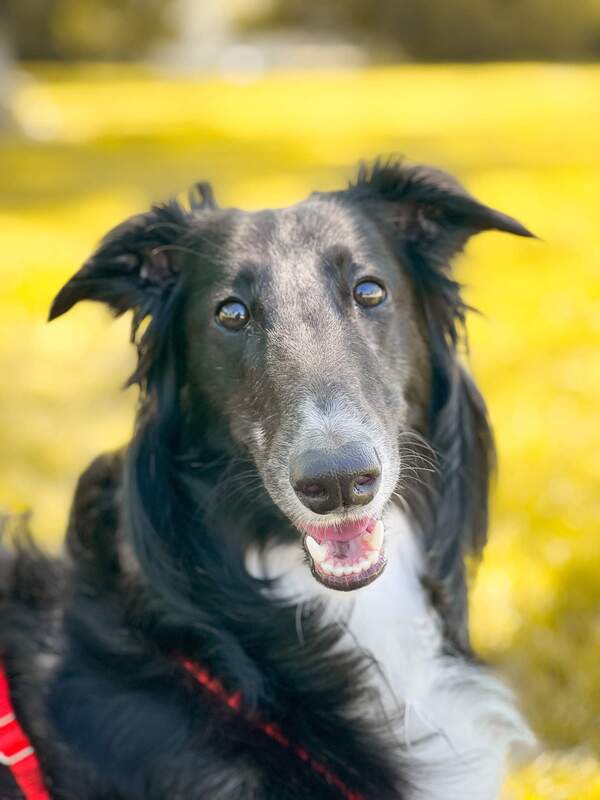
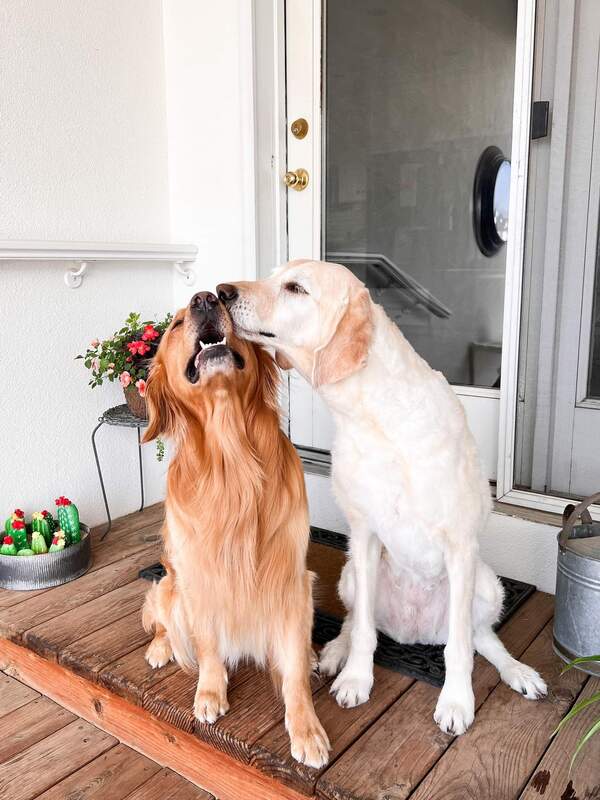
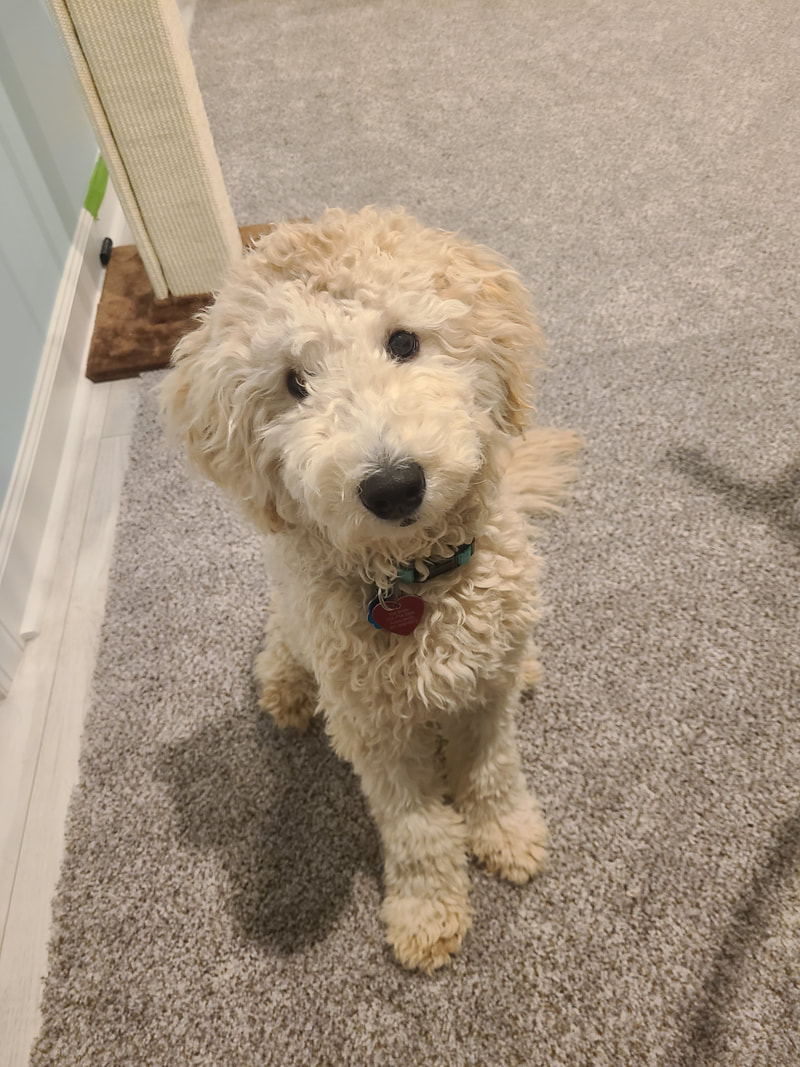
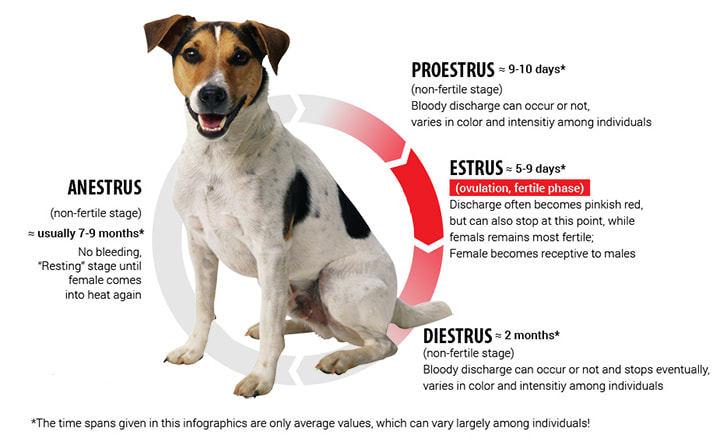
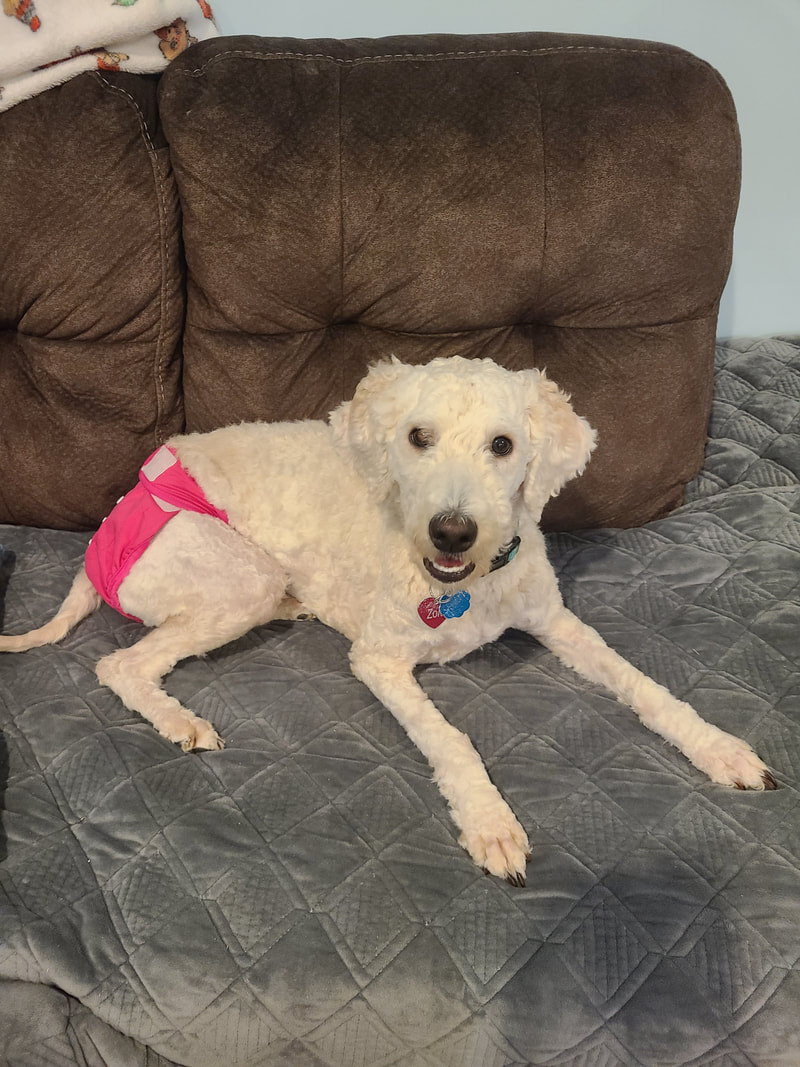
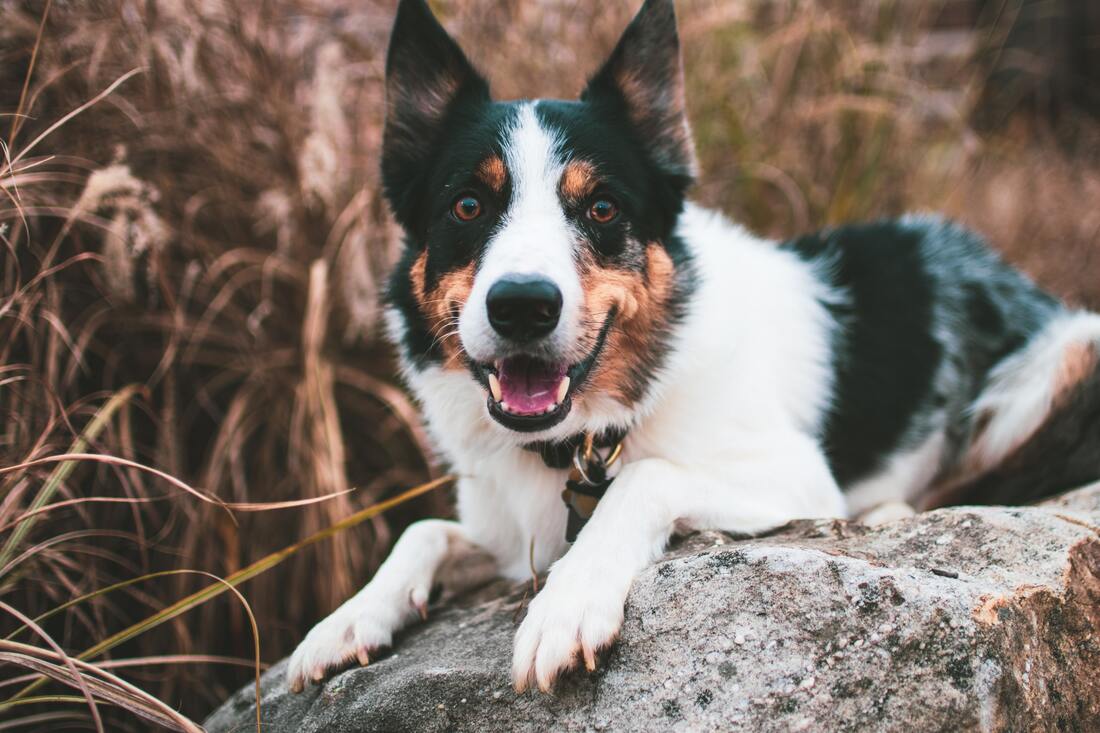
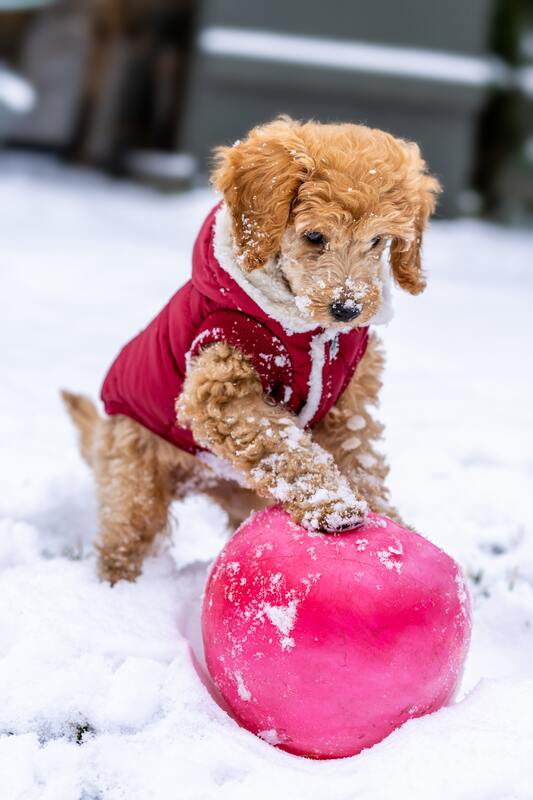
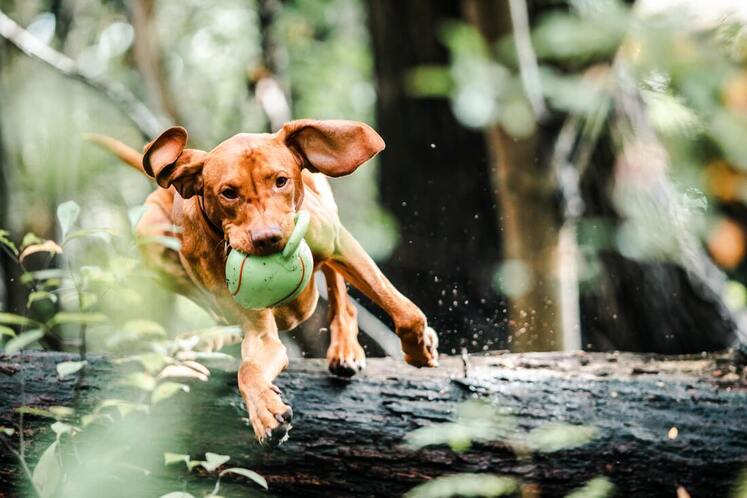
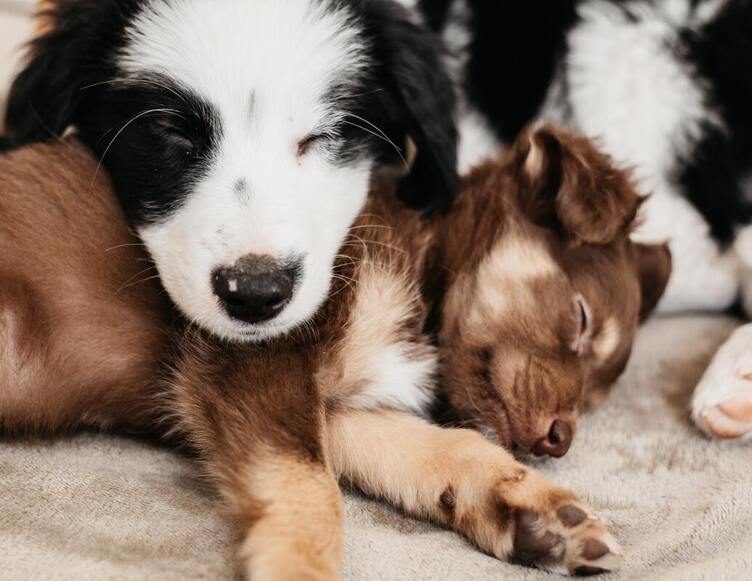
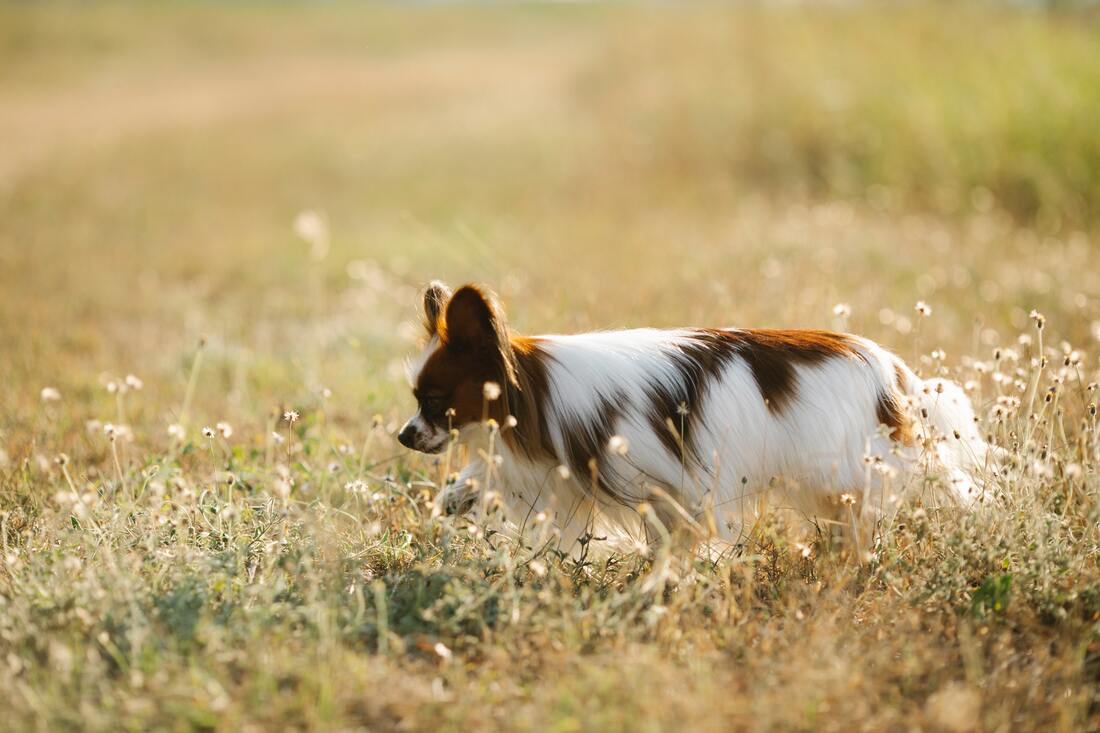
 RSS Feed
RSS Feed